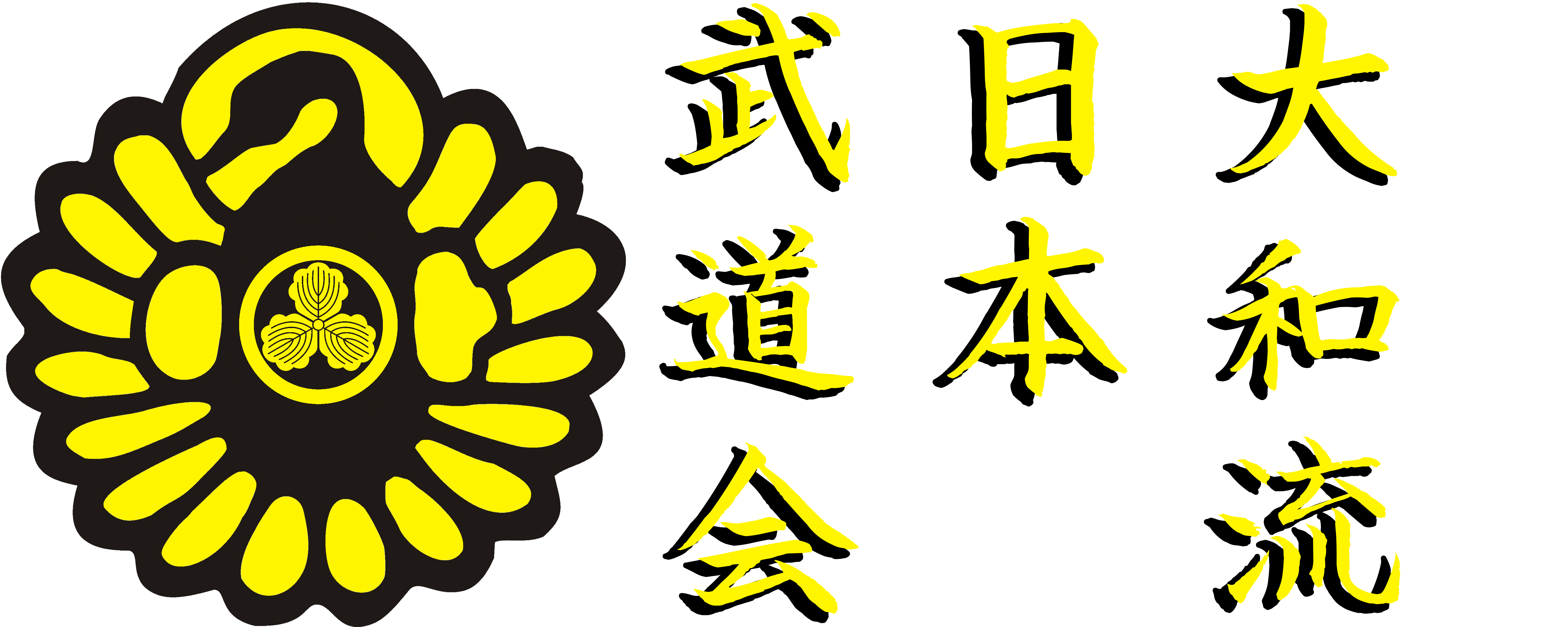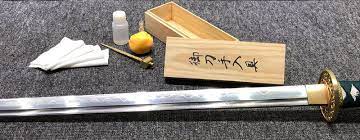In the rich tapestry of Japanese martial arts, where discipline and tradition are revered, one event stands out as a symbol of renewal, camaraderie, and unyielding spirit—Kagami Biraki (鏡開き). Translated as “Opening the Mirror,” Kagami Biraki is a time-honored tradition deeply embedded in the ethos of Japanese martial arts, bringing practitioners together in a celebration that goes beyond physical prowess to touch the very essence of their training.
Origins:
The roots of Kagami Biraki trace back to the samurai era, a period when martial arts were not just combat techniques but a way of life. During this time, warriors would engage in intense training, forging not only their physical abilities but also their mental and spiritual resilience. Kagami Biraki emerged as a ceremony to mark the end of the New Year’s celebrations and the resumption of serious training.
Symbolism:
The term “Kagami” refers to a mirror, and “Biraki” means to open. The mirror in this context is symbolic of self-reflection, honesty, and a clear perception of one’s strengths and weaknesses. Opening the mirror implies breaking through personal barriers, revealing the potential within, and embarking on a journey of continuous improvement.
While Kagami Biraki has its roots in the samurai tradition, it has evolved over time and is now observed by a wide range of Japanese martial arts disciplines, including karate, judo, kendo, and aikido. Typically held in January, the event is marked by ceremonies, training sessions, and the sharing of a special meal known as “kagami mochi” (鏡餅), a sweet rice cake with a mirror-like surface.
Renewal and Unity:
One of the central themes of Kagami Biraki is the idea of renewal. It is a time for practitioners to cast away the burdens of the past year, renew their commitment to their chosen art, and set new goals for the coming months. The event can even fosters a sense of unity among participants, creating a community where the collective spirit becomes as important as individual achievements, a prime value of the Japanese culture.
Kagami Biraki often includes special training sessions or demonstrations led by experienced martial artists. These sessions may focus on specific techniques, forms, or philosophical aspects of the martial art. It provides an opportunity for practitioners to learn from each other, share insights, and deepen their understanding of the art they pursue.
Kagami Biraki is not confined to the walls of the dojo; it extends into everyday life. The principles of self-reflection, continuous improvement, and unity learned during this event are meant to be carried into all aspects of a practitioner’s life. It becomes a guiding force, shaping character and influencing decisions beyond the realm of martial arts.
In the world of Japanese martial arts, Kagami Biraki is more than just a ceremony; it is a powerful tradition that encapsulates the spirit of discipline, self-discovery, and unity. As practitioners gather to open the mirror and embark on a new year of training, the echoes of the samurai ethos resonate, reminding us that the journey of self-improvement is a timeless pursuit, bound by tradition and fueled by the unyielding spirit of Kagami Biraki.




